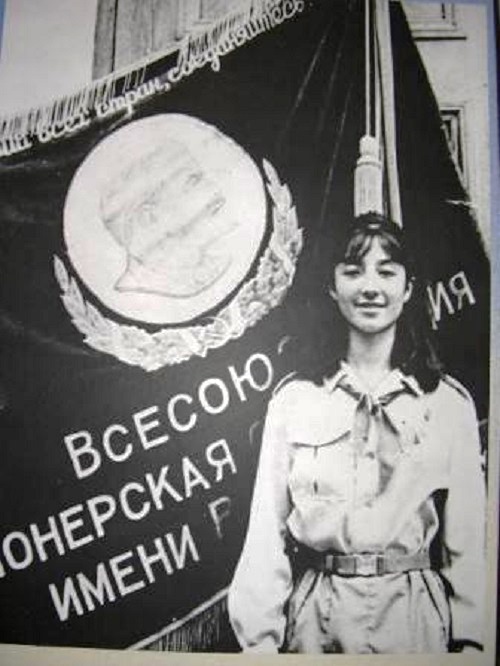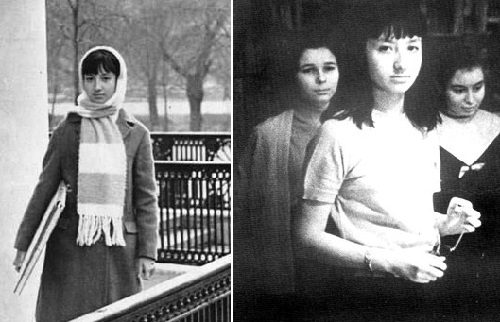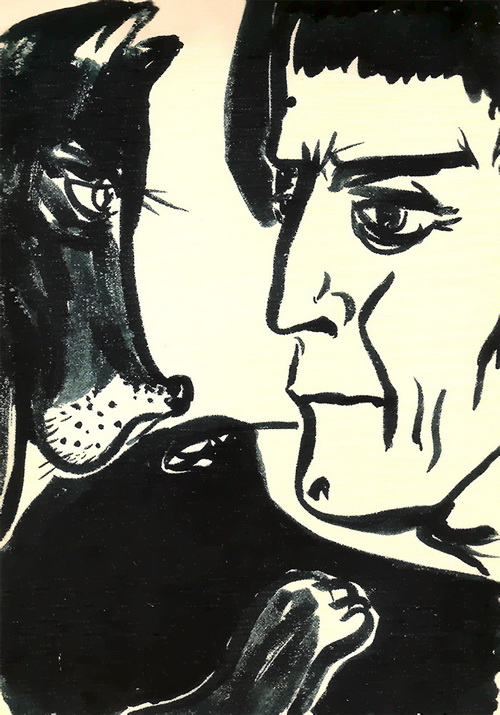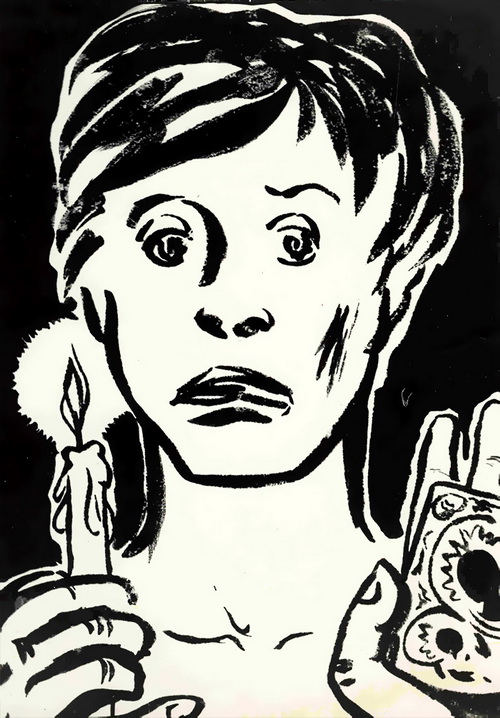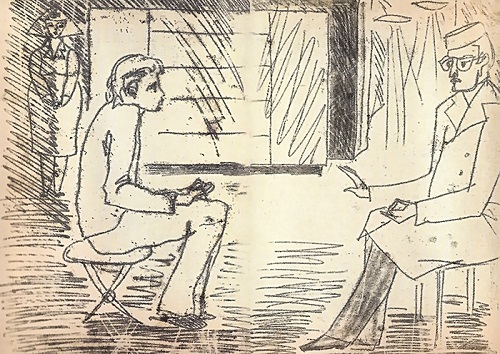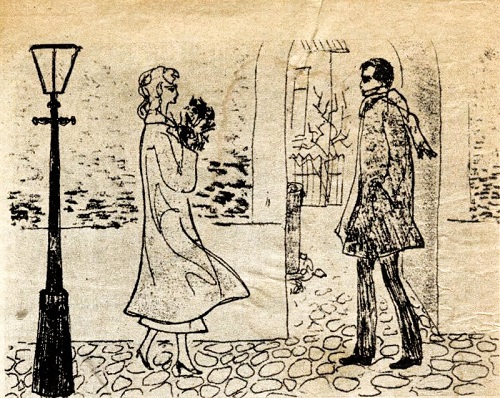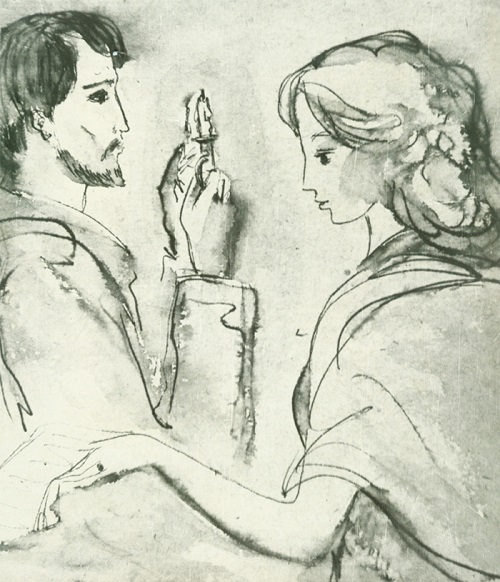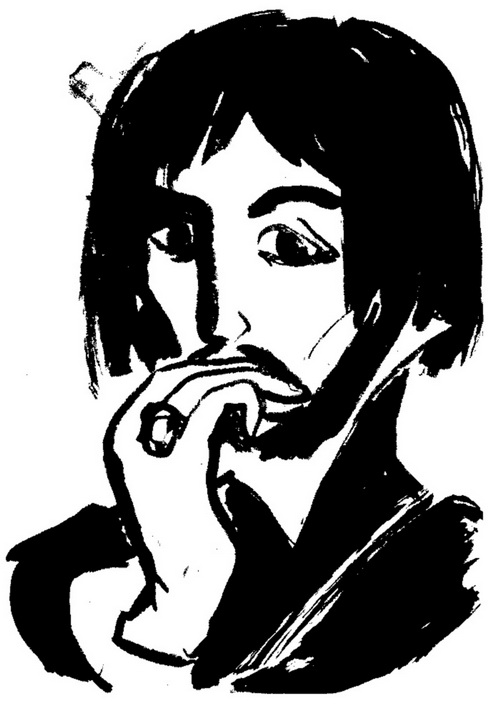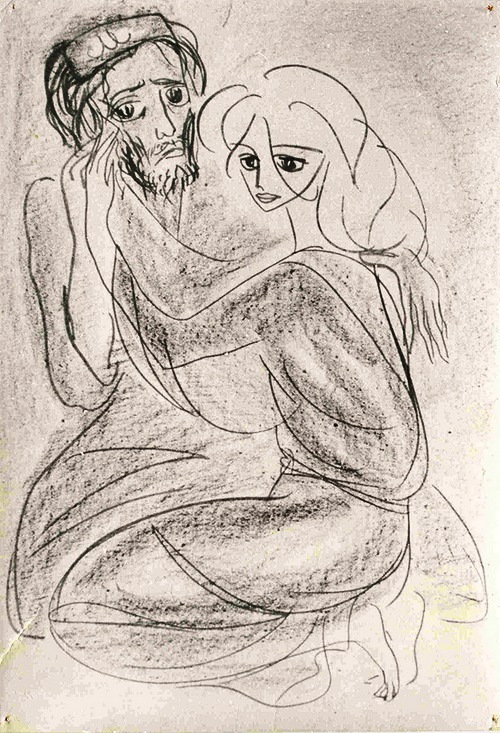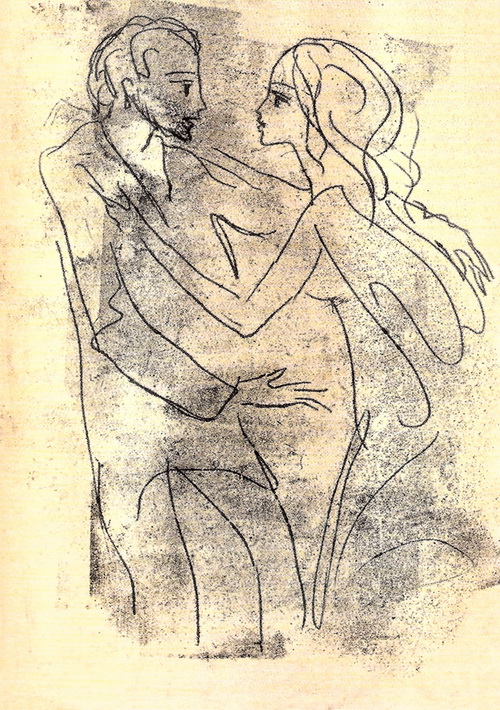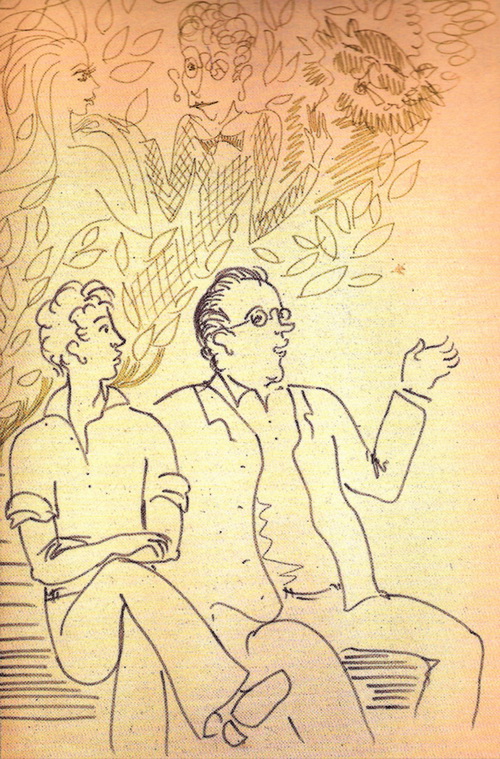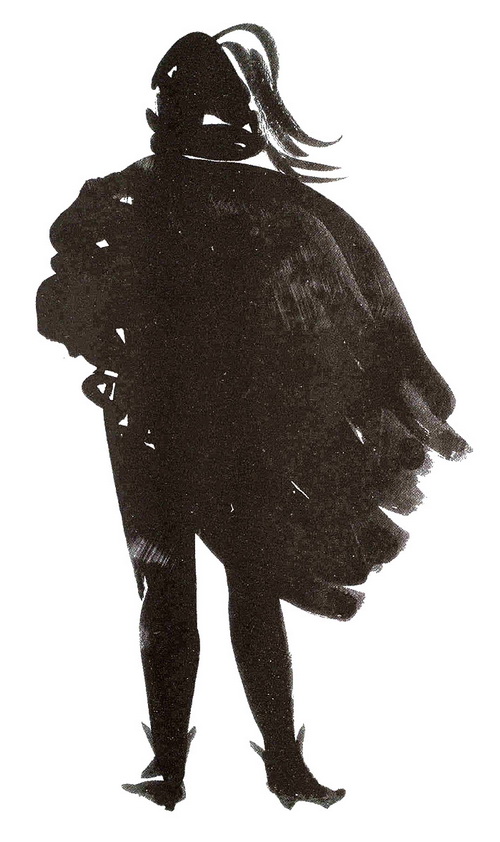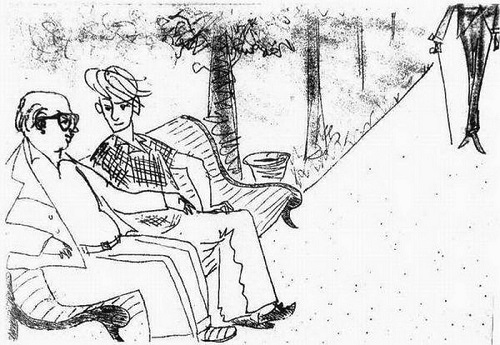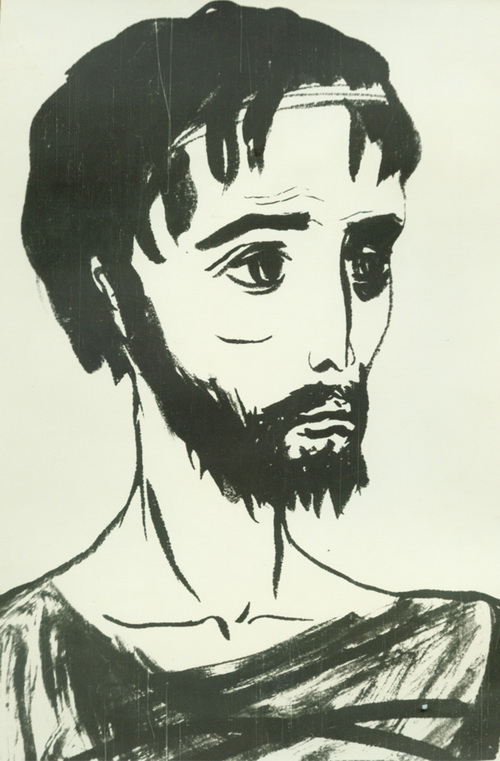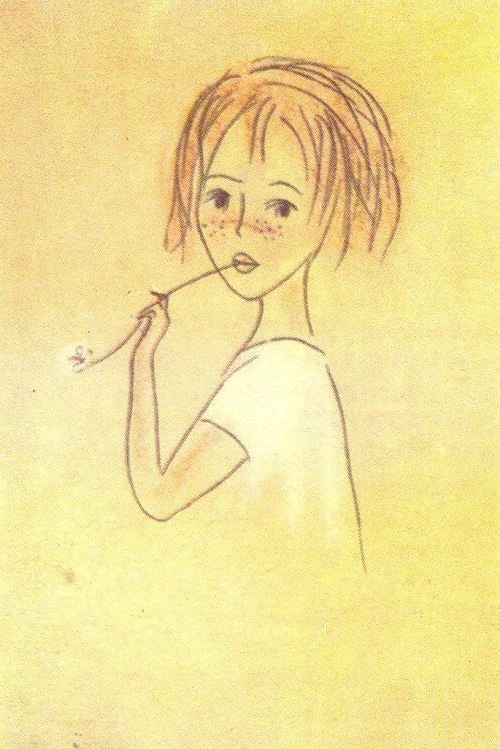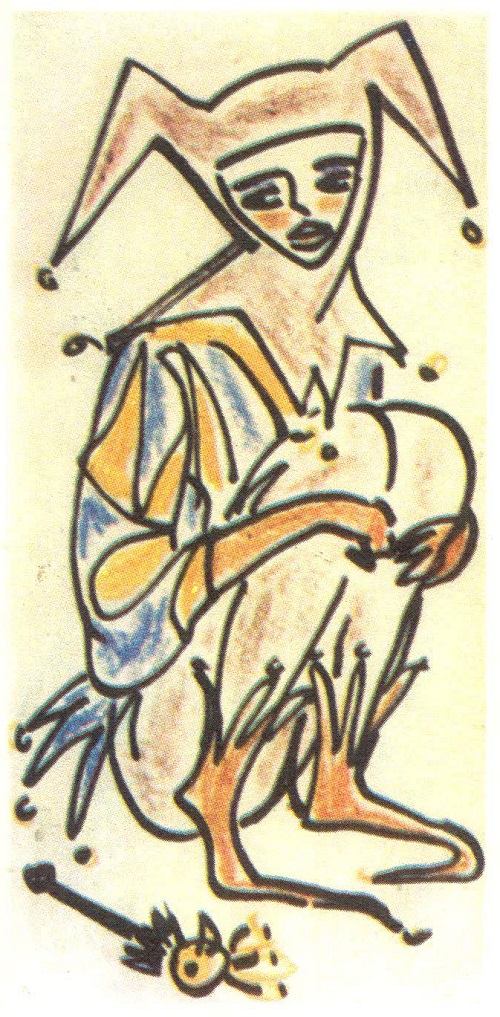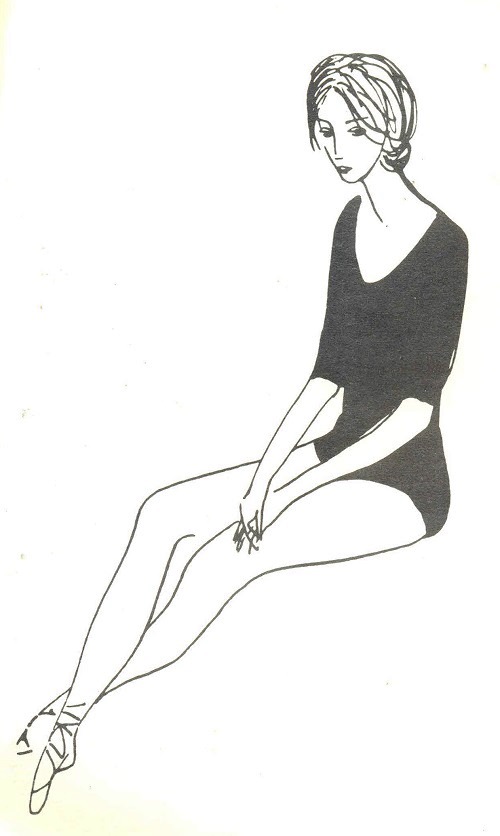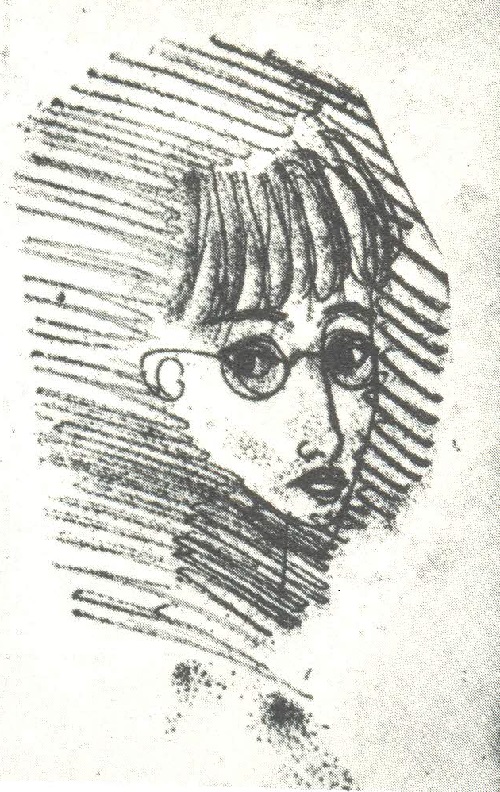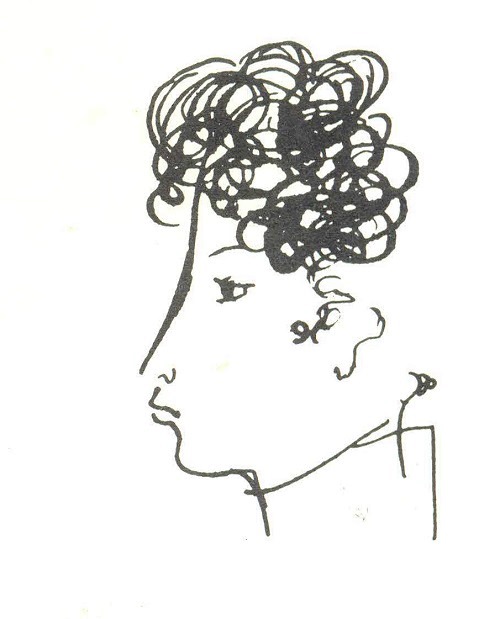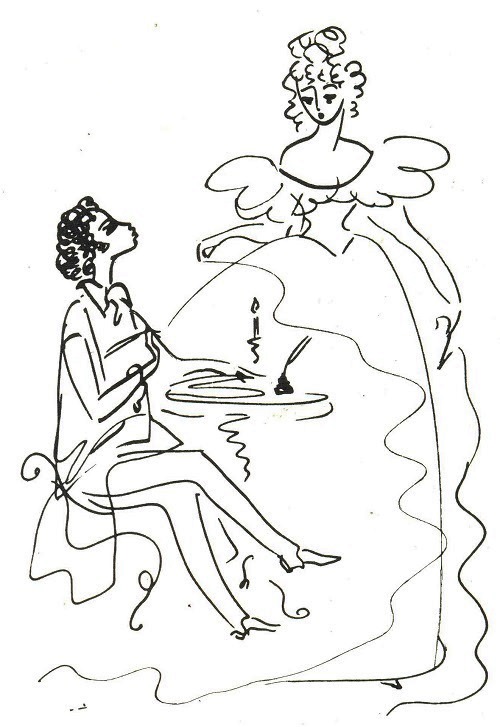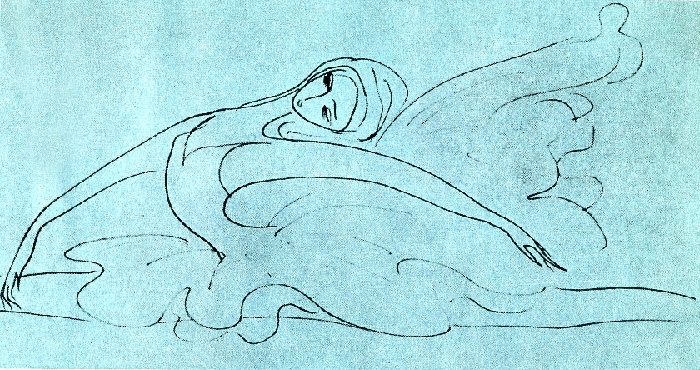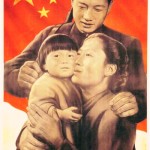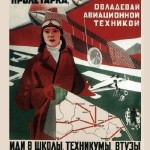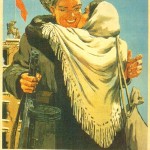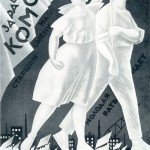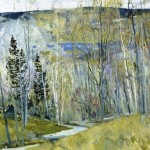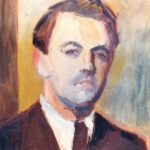Soviet artist Nadya Rusheva
Soviet artist Nadya Rusheva had only 17 years to live, but left a huge artistic heritage – about 12,000 drawings. In fact, their exact number is impossible to calculate, because of many reasons. For example, a significant proportion – sent in the letters. Besides, she gave hundreds of illustrations to friends and acquaintances. Unfortunately, a considerable number of works for various reasons did not come back from the first exhibitions. Many of her paintings are in the museum of Leo Tolstoy in Moscow, and in the museum-branch named after Nadya Rusheva in the city of Kyzyl. Also, in the Pushkin House of St. Petersburg Academy of Sciences, the National Culture Fund, the Municipal Museum in Sarov, and the Pushkin Museum in Moscow.
Among Nadya’s sketches were, for example, a series of drawings devoted to the ballet “Anna Karenina”. By the way, this ballet appeared on stage after the artist’s death, and a major role in it danced Maya Plisetskaya.
Noteworthy, she created her drawings without corrections, and she never used an eraser. “I see them in advance … they show through on the paper, as a watermark, and I have to repeat them in ink” – said Nadya.
Born in the city of Ulan Bator, Nadya Rusheva grew up in the family of a Soviet artist Nikolai Rushev (1918-1975). And her mother was the first Tuvan ballerina Natalia Azhikmaa-Rusheva (1926-2015). In the summer of 1952 the family moved to Moscow. At what age Nadya began to draw? It seems that she drew almost from birth. Nadya began constantly painting when she was five years old, with no one taught her painting, as well as reading and writing. At the age of seven, as a first-grader, she began to paint regularly, every day, no more than an hour after school. Then, one evening she drew 36 illustrations for “The Tale of Tsar Saltan” by Pushkin, while the father was reading her favorite fairy tale aloud.
Meanwhile, in May 1964 was the first exhibition of her paintings, organized by the magazine “Youth”. After this exhibition, appeared the first publication of her drawings in “Young artist” (6, 1964), when she was only 12 years old! Over the next five years of her life she had fifteen solo exhibitions in Moscow, Warsaw, Leningrad, Poland, Czechoslovakia, Romania and India. In 1965, the “Youth” magazine published the illustrations of thirteen-year-old Nadya to the story of Edward Pashnev “Newton’s Apple”. Ahead were the illustrations for the novels “War and Peace” by Leo Tolstoy and “The Master and Margarita” by Mikhail Bulgakov. Of course, the glory of the future book illustrator was waiting for her. However, the young artist wanted to become an artist – cartoonist.
Created half a century ago drawings to the “Master and Margarita” became the most famous illustrations of the novel. Appreciated by Elena Bulgakova, the widow of the writer and the main prototype of Margarita: “How mature free .. .. poetic understatement:! The more you look, the more it tightens … What the amplitude of the senses .. Girl of 16 years old depicted all perfectly! And not only understood, but also convincingly, beautifully portrayed.
It is difficult to predict which way her talent would develop in the future. It seems that she would not limit herself with the line drawing and graphics in general. Indeed, in recent works such as illustrations for the novel by Mikhail Bulgakov “The Master and Margarita” she demonstrates an attempt to move from a touch-up in a linear diagram to the painting. Nadya with her emotion would surely come to the painting. Another essential point, I think, would be an appeal to the large nature and especially to the landscape.
Nadya Rusheva died March 6, 1969 in the hospital due to rupture of a congenital cerebral aneurysms and subsequent brain hemorrhage. Buried in Moscow, Pokrovsky cemetery, on her grave monument – reproduced one of her drawings. October 21, 1982 Crimean astronomer LG Karachkina discovered minor planet number 3516, which she named after Nadya – Rusheva.
Among her works – illustrations for the myths of ancient Greece, the works of Pushkin, Leo Tolstoy, and Mikhail Bulgakov. In total she illustrated 50 authors. Noteworthy, she had more than 160 exhibitions in the different countries: Japan, Germany, USA, India, Mongolia, Poland and many others. More than 100 cities saw her artworks. Interest in her art not waned over the past decades after the death.
Meanwhile, creativity by Rusheva puts before researchers many questions. How to treat her art? As the activity of a talented child and adolescent, or as the beginning of the path of a superior artist? In the work of Rusheva there are periods of children’s drawing and adult painting. Thus, her work of 1968-1969 is already so perfect that they can be approached as a phenomenon of art.
Images scanned from Soviet era magazines,
magazines “Youth” and “Young artist”
